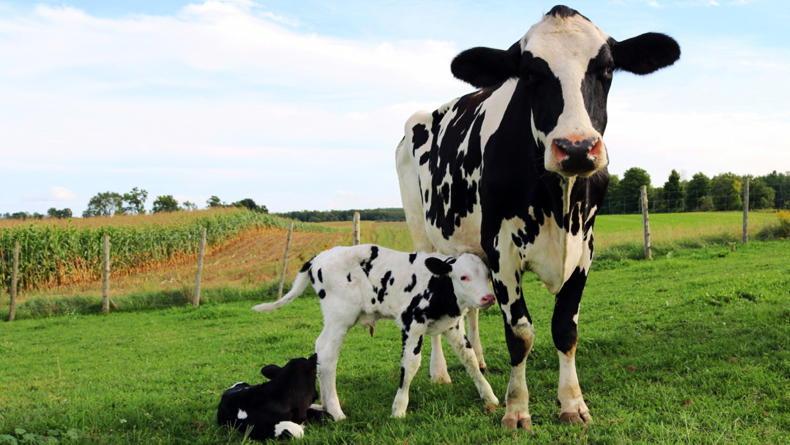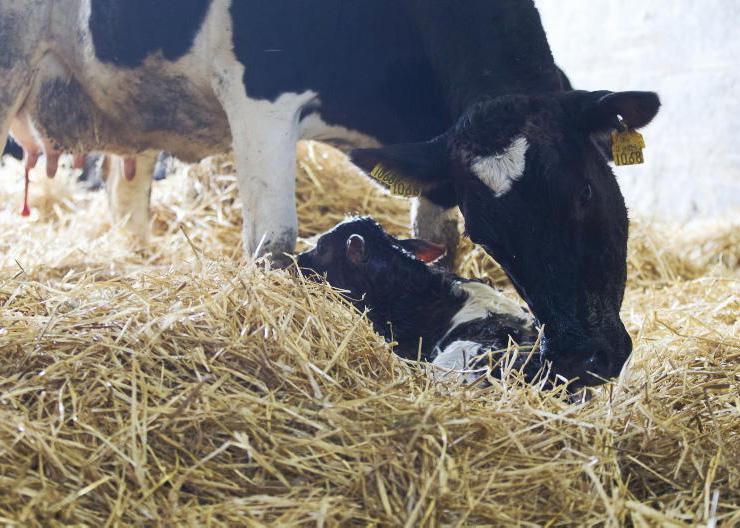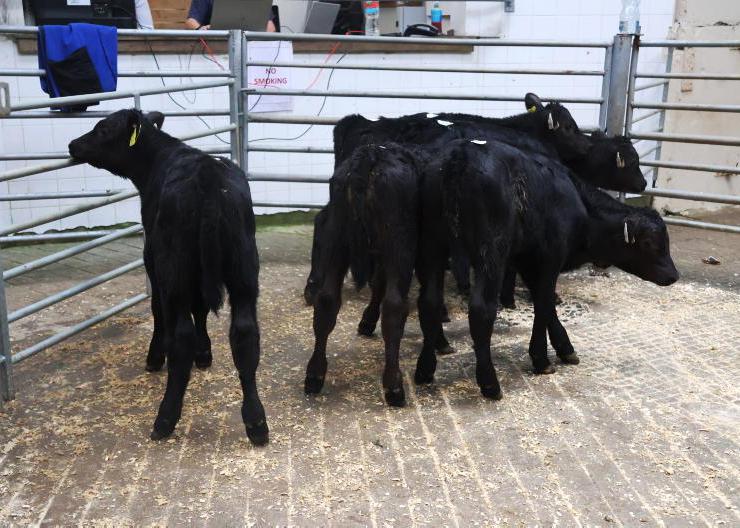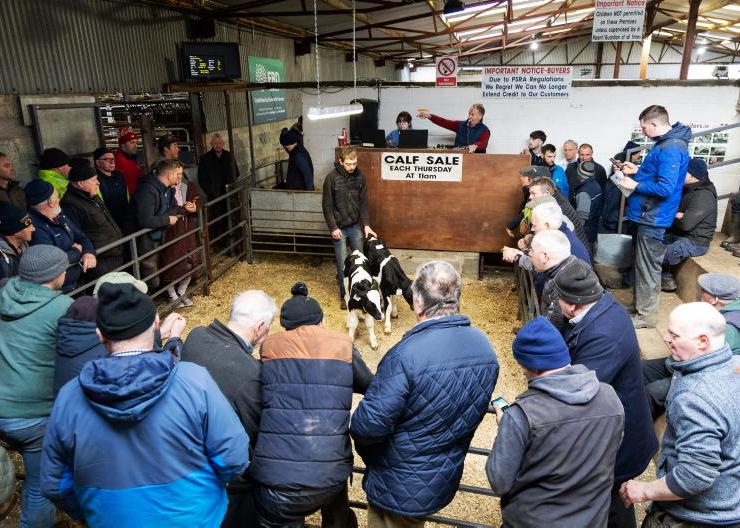Week one of the calf-rearing series outlined a budget for both early maturing and continental breed types, for both heifers and steers finished at between 19 and 21 months of age.
The budget can be used as a template for your own performance and financial figures.
Where a budget has been carried out and the plan is to go ahead and purchase calves this spring, the next step is to have facilities in order prior to calf arrival.
Next week’s article will look at top tips for calf housing but this week is all about preparation for calf arrival.
Preparation clears a pathway for success. Having a good setup that eases management for the farmer and stress for both the calf and the farmer is really important if dairy beef systems are going to work on your farm long-term.
The rearing phase is labour-intensive and so having things set up to be as streamlined as possible will make all the difference when you are in the thick of rearing.
Clean sheds
If calf arrival is expected in the next three weeks, then sheds need to be washed and disinfected as soon as possible.
Sheds should be power-washed and then given sufficient time to dry out completely before any bedding is introduced.
Disease-causing bugs thrive in dark, damp, warm environments, so it is easy to see why calf sheds can be a big issue when it comes to disease buildup, especially as the season progresses.
Once sheds are washed and well aired out, spreading lime is an excellent way to soak up the last of the moisture and neutralising the pH of the environment.
Water troughs
For this reason, keep moisture to a minimum in calf sheds.
Water troughs should never be at the back of the shed where calves will spend most of their time lying, as if there is a leak or if calves splash water around the place as they tend to do, it will increase the chances of a disease outbreak.
Spills and splashes are far more likely where troughs are at the incorrect height for calves to drink from.
Too often, drinkers are set at heights for mature stock and not where calves require. As well as this, it can limit water intake which will have a negative effect on performance.
Bedding
Calves will spend around 80% of the time lying down. That’s over 19 hours every day lying down. When lying there is a greater proportion of the calf’s body in contact with the ground than when standing and so there is a greater area for heat loss to the ground, if bedding is insufficient.
Calves will nest in the straw to keep themselves warm, especially in the first few weeks of life and in particularly cold spells of weather.
To test whether there is adequate bedding in the pen, kneel down for 30 seconds.
When you stand up, your knees should be dry if the bedding is sufficient.
Managing the calf on arrival
A large proportion of calf purchases will be made through marts. This can be a strenuous and stressful time for calves.
Even with farm-to-farm movements, the change of environment and upset of the normal daily routine will have an effect on the young calf.
Stress must be kept to a minimum. A stressed calf will have a weakened immune system, providing the opportunity for disease to set in.
Purchasing calves from multiple sources can also challenge the immune system of the calf as they settle into their new surroundings and get used to their new pen mates.
The first 48 hours on farm is the highest risk period.
Electrolytes
Where calves have travelled a distance or come from a mart, they should be offered an electrolyte as the first feed on farm.
This is to rehydrate the calf and replace the fluid loss throughout the day.
The following morning, calves should be offered milk replacer, followed again that evening with an electrolyte solution.
Where all calves are in good form and drinking well, twice-a-day milk feeding can take place from then on.
You should have a digital thermometer in your top pocket at all times when rearing calves and use it liberally.
If in doubt, check it out. Early detection is everything in calves.
A calf’s temperature is a quick tell-tale sign if things are not right.
While temperature can vary slightly, it should be between 38.5°C and 39.5°C.
Anything outside this range should be investigated. If the calf’s immune system is challenged in any way, its core body temperature will typically increase in an attempt to kill off any infection.
Good things come to those who wait and, in the calf, shed, nothing could be truer.
If you are trying to rear calves in an hour in the morning and an hour in the evening, forget about it.
You need to spend time observing calves at various times of the day. Investigate any calf with drooped ears or sunken eyes, calves that are sleepy or lethargic looking and lying away from the rest of the group.
While you may strive to get all your calves home in one go, in reality, it may take a couple of weeks to get all calves purchased and brought home.
Where calves are arriving in separate groups from different sources, they should be kept in separate batches for at least a week to 10 days.
This will allow you time to get calves vaccinated and ensure that they are all healthy, reducing the risk of introducing any disease to calves that you have already settled in on farm.
Having smaller pens for young calves on arrival that will take up to 10 animals works well, as it is an easy number to herd and identify any sick animal as well as being ideal for 10-teat calf feeders.
Where automatic feeders are being used, this may not be an option.
Keeping the same groups of calves together throughout the rearing period will minimise stress on the calves as each time they are mixed it causes a re-ranking of the herd demographic.
The stress of this on calves should not be underestimated.
If calves do have to be re-batched, do it as little as possible and try to put them in the batches they will graze in through the year.









SHARING OPTIONS